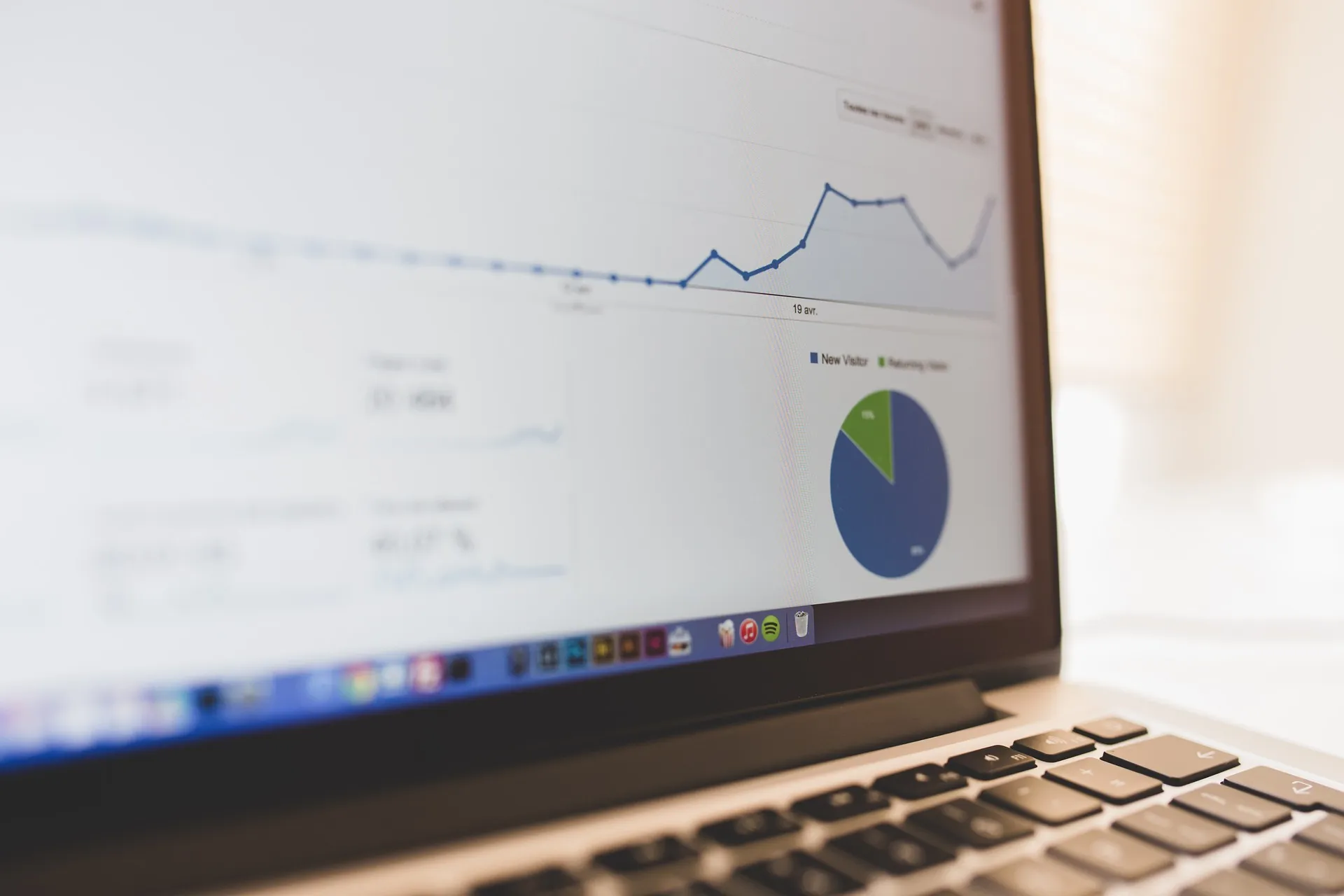Website Performance Guide: Speed Analysis and Enhancement Methods
Learn website performance techniques with our guide covering speed analysis, Core Web Vitals optimization, and technical methods to boost rankings.

Page speed has become a critical factor in modern SEO strategy, directly impacting both search rankings and user experience. As SEO specialists in Australia, we’ve observed that understanding page speed goes beyond simple load time measurements—it’s about comprehending how users experience your website and how search engines evaluate its performance.
What is Page Speed?
Page speed isn’t just a single metric but rather a collection of measurements that indicate how quickly your website responds to user interactions. Let’s break down the key components:
- Time to First Byte (TTFB): The time it takes for a browser to receive the first byte of data from your server
- First Contentful Paint (FCP): When the first content element appears on screen
- Largest Contentful Paint (LCP): The time taken for the main content to become visible
- Time to Interactive (TTI): When the page becomes fully interactive
Understanding these metrics helps identify specific areas for improvement rather than just trying to “make the site faster.”
The SEO Impact of Page Speed
Search engines, particularly Google, use page speed as a ranking factor for several reasons:
Direct Ranking Influence
- Mobile-first indexing prioritises fast-loading pages
- Core Web Vitals are official Google ranking signals
- Speed affects crawl efficiency and indexing
Indirect SEO Benefits
- Reduced bounce rates improve engagement metrics
- Faster pages encourage more backlinks
- Better user experience leads to higher conversion rates

Essential Tools for Page Speed Analysis
Google Tools
-
PageSpeed Insights
- Provides mobile and desktop performance scores
- Offers specific optimisation recommendations
- Shows real-world performance data
-
Search Console
- Core Web Vitals report
- Mobile usability insights
- Page experience metrics
Third-Party Tools
- GTmetrix: Detailed performance analysis and recommendations
- WebPageTest: Advanced testing with multiple locations and conditions
- Lighthouse: Comprehensive auditing tool for performance and best practices
Core Web Vitals Explained
Core Web Vitals represent the essential metrics for delivering a great user experience:
Loading Performance (LCP)
Largest Contentful Paint should occur within 2.5 seconds for optimal performance. Common elements affecting LCP include:
- Hero images
- Large text blocks
- Video thumbnails
- Background images
Interactivity (FID)
First Input Delay measures how quickly your site responds to user interactions:
- Should be less than 100 milliseconds
- Affected by heavy JavaScript execution
- Important for forms and interactive elements
Visual Stability (CLS)
Cumulative Layout Shift measures visual stability:
- Should be less than 0.1
- Prevents frustrating content jumps
- Critical for maintaining user trust
Advanced Speed Optimisation Techniques
1. Server-Side Optimisation
# Example Nginx configuration for better performance
location ~* \.(jpg|jpeg|png|gif|ico|css|js)$ {
expires 365d;
add_header Cache-Control "public, no-transform";
}
- Implement proper caching headers
- Optimise database queries
- Use HTTP/2 or HTTP/3
- Configure proper compression
2. Resource Optimisation
- Implement resource hints:
- Preload critical assets
- Prefetch likely next pages
- DNS-prefetch third-party domains
- Optimise delivery order:
- Critical CSS inline
- Defer non-critical JavaScript
- Async loading where appropriate
3. Modern Image Techniques
- Use next-gen formats (WebP, AVIF)
- Implement responsive images
- Optimise delivery with CDN
- Apply proper compression
Measuring Success
Key Performance Indicators (KPIs)
-
Speed Metrics
- Core Web Vitals scores
- Overall page load time
- Time to Interactive
-
User Experience Metrics
- Bounce rate reduction
- Increased pages per session
- Improved conversion rates
-
SEO Metrics
- Search ranking improvements
- Increased organic traffic
- Better crawl efficiency

Common Page Speed Myths
-
“Faster is Always Better”
- Reality: Balance speed with functionality
- Focus on user experience metrics
- Consider your target audience’s needs
-
“One-Time Optimisation is Enough”
- Regular monitoring is essential
- Performance can degrade over time
- New features require ongoing optimisation
-
“Speed Only Matters for SEO”
- Speed affects all aspects of your site
- Direct impact on conversions
- Influences brand perception
Getting Professional Help
While basic optimisation can be handled in-house, achieving optimal page speed often requires professional expertise. Our web design services include:
- Comprehensive performance audits
- Custom optimisation strategies
- Ongoing monitoring and maintenance
- Expert implementation of best practices
Maintaining Page Speed
Regular Maintenance Checklist
- Monitor Core Web Vitals in Search Console
- Regular performance testing
- Review and optimise new content
- Update and optimise images
- Check server performance
Future-Proofing Your Site
- Stay informed about new web standards
- Implement progressive enhancement
- Plan for mobile-first development
- Consider AMP for specific use cases
Conclusion
Understanding and improving page speed is crucial for modern SEO success. By focusing on key metrics, implementing proper optimisation techniques, and maintaining performance over time, you can significantly improve your site’s search visibility and user experience.
Need expert help with your website’s performance? Our team specialises in comprehensive speed optimisation and SEO services. Contact us to learn how we can help improve your site’s performance and search rankings.